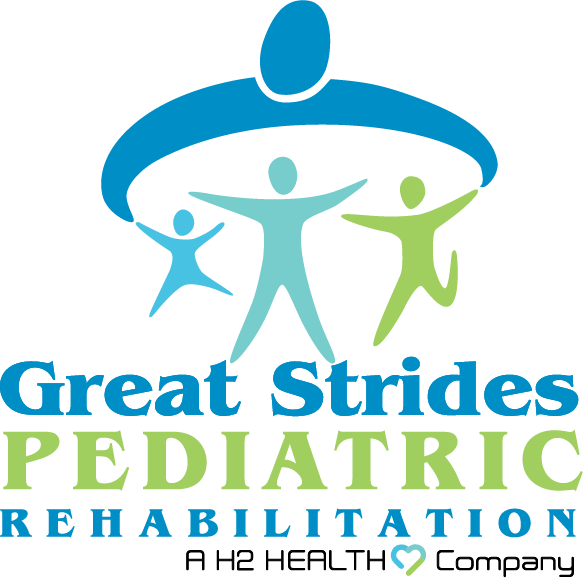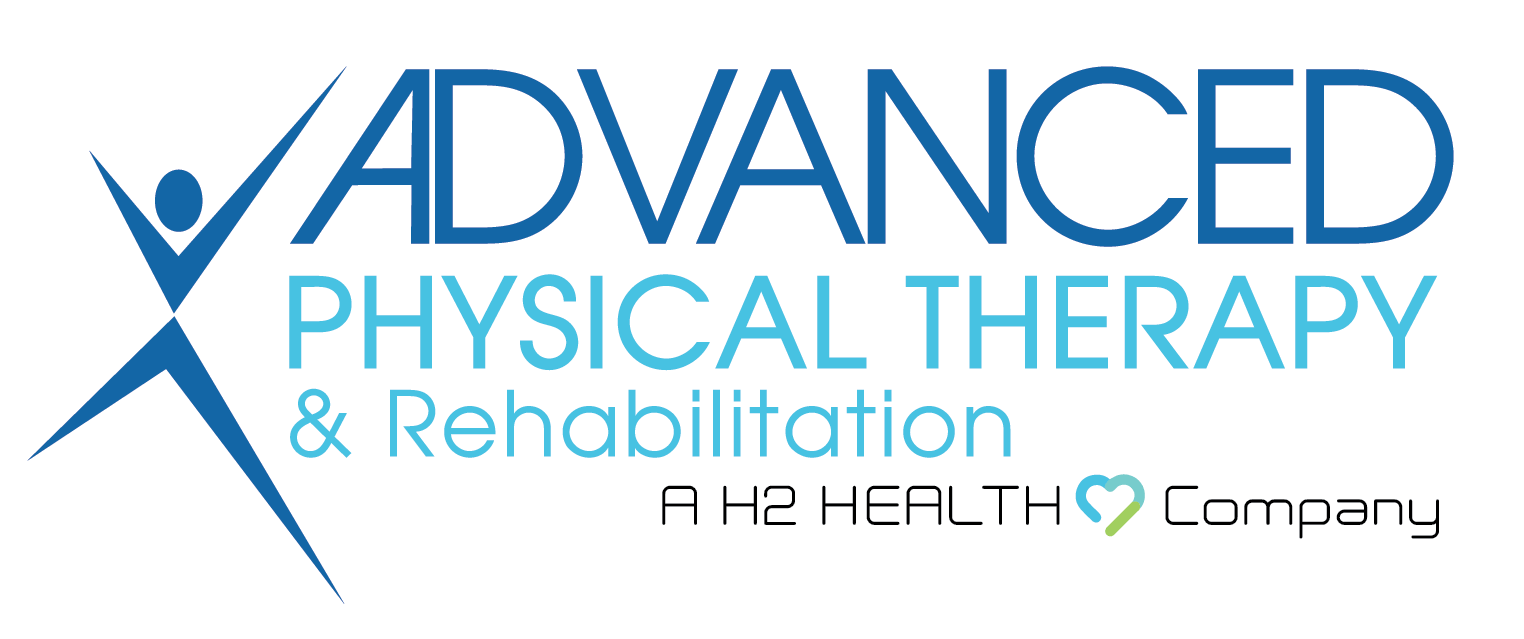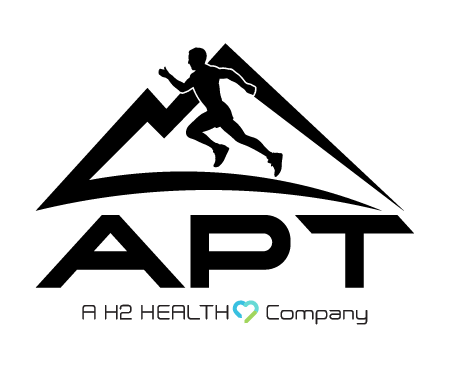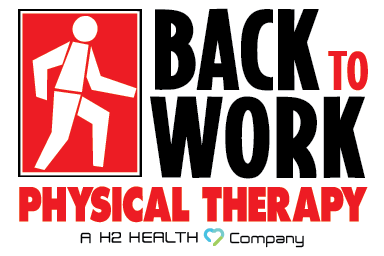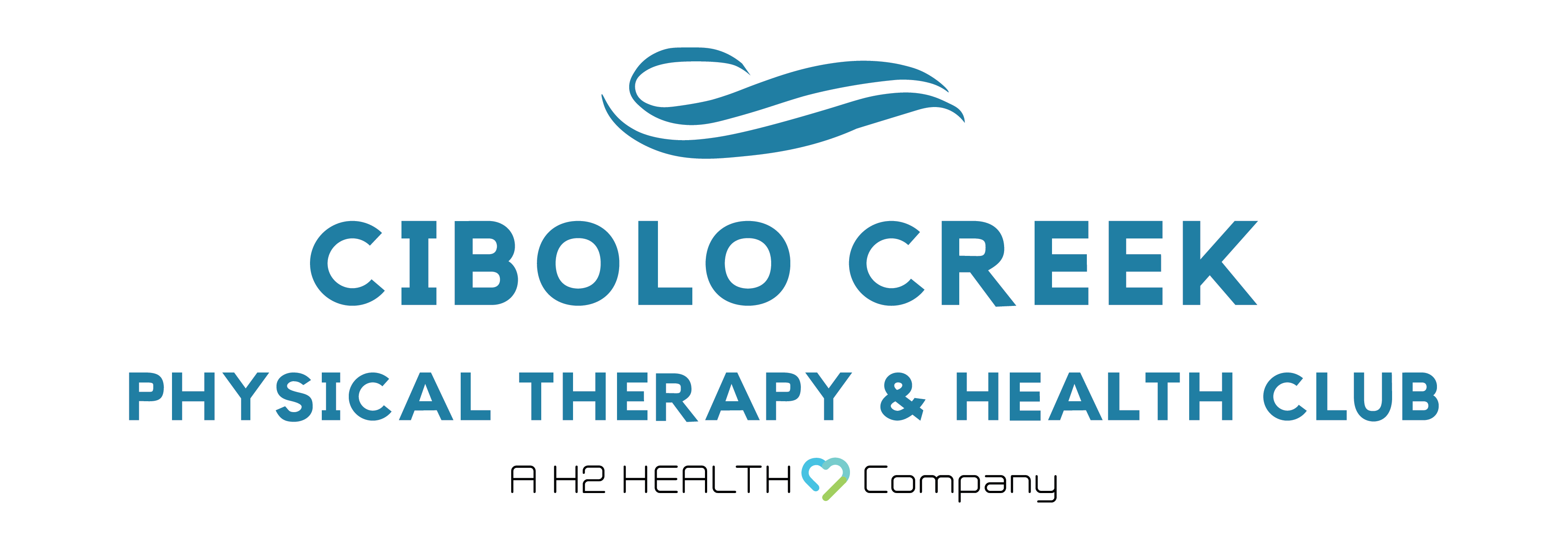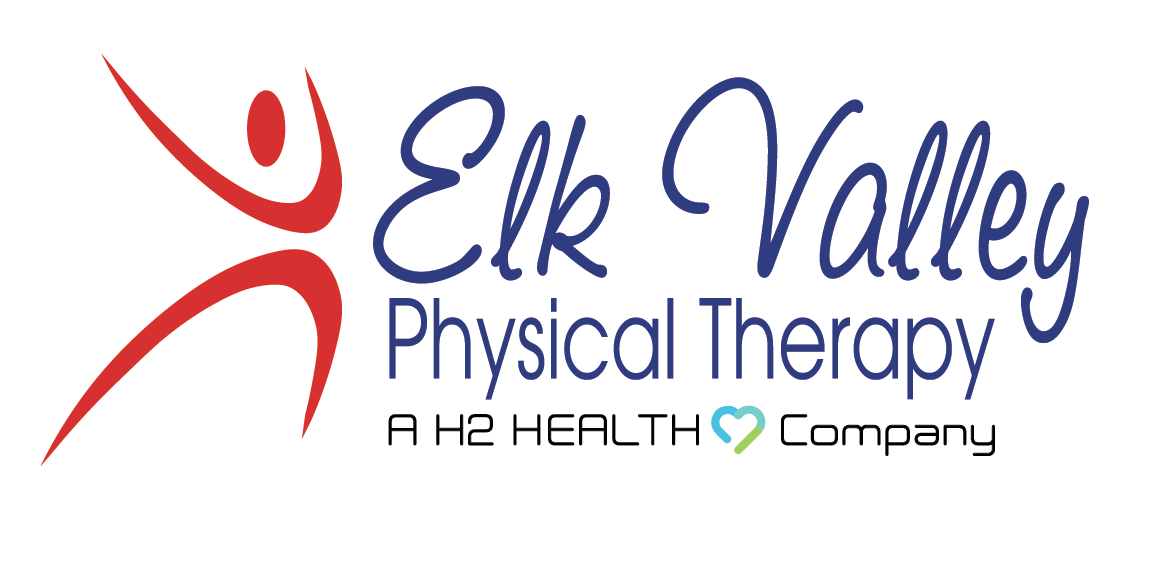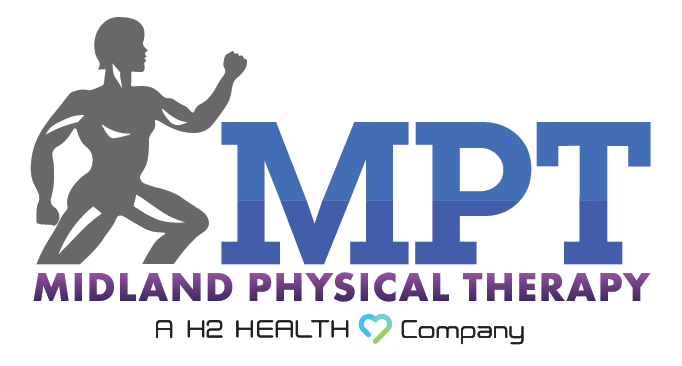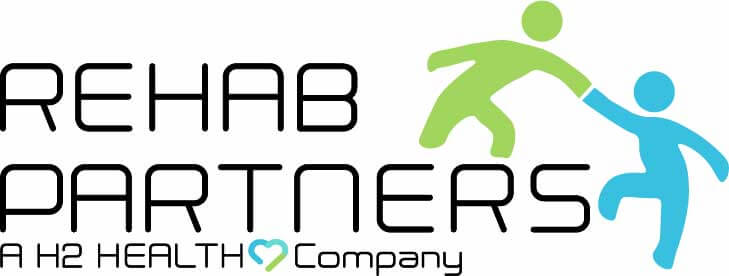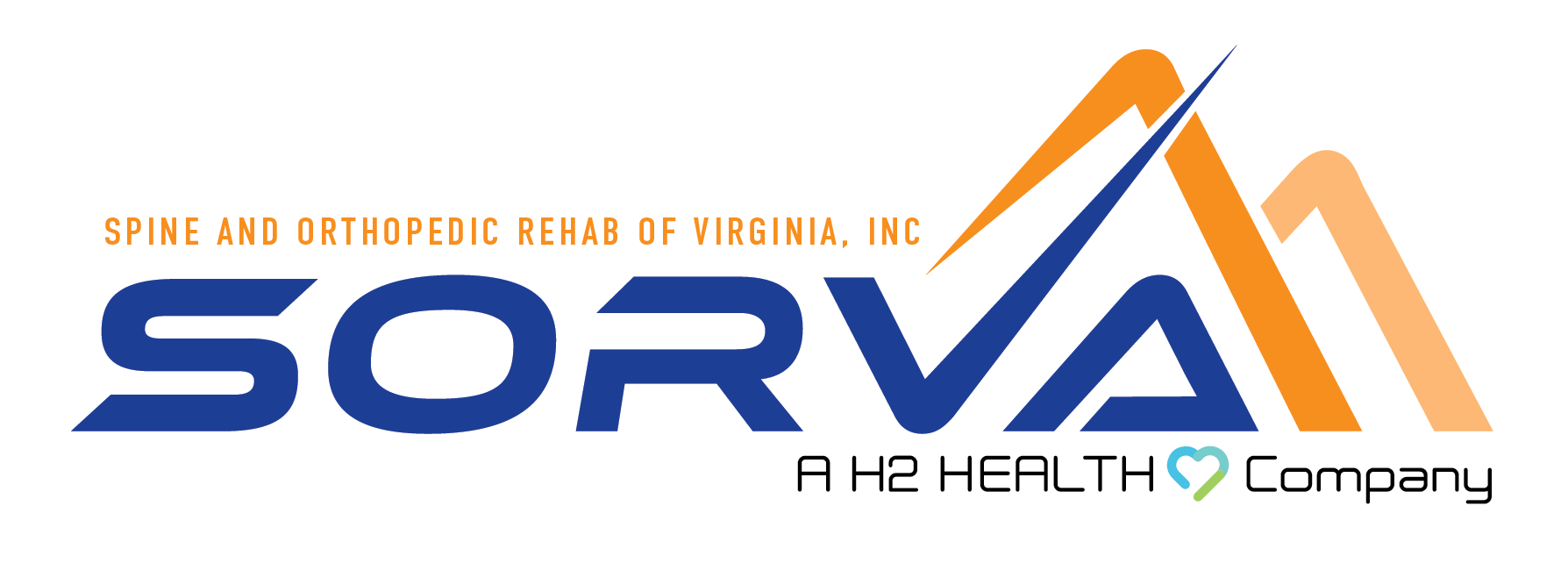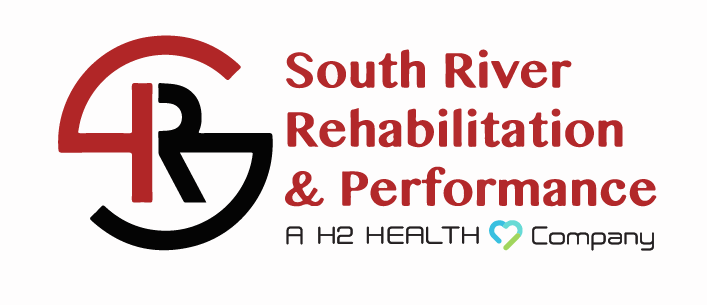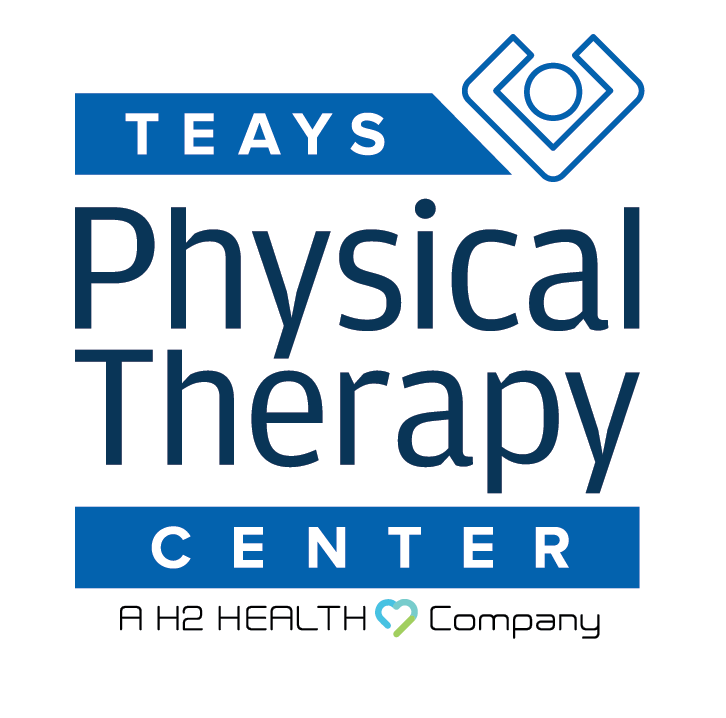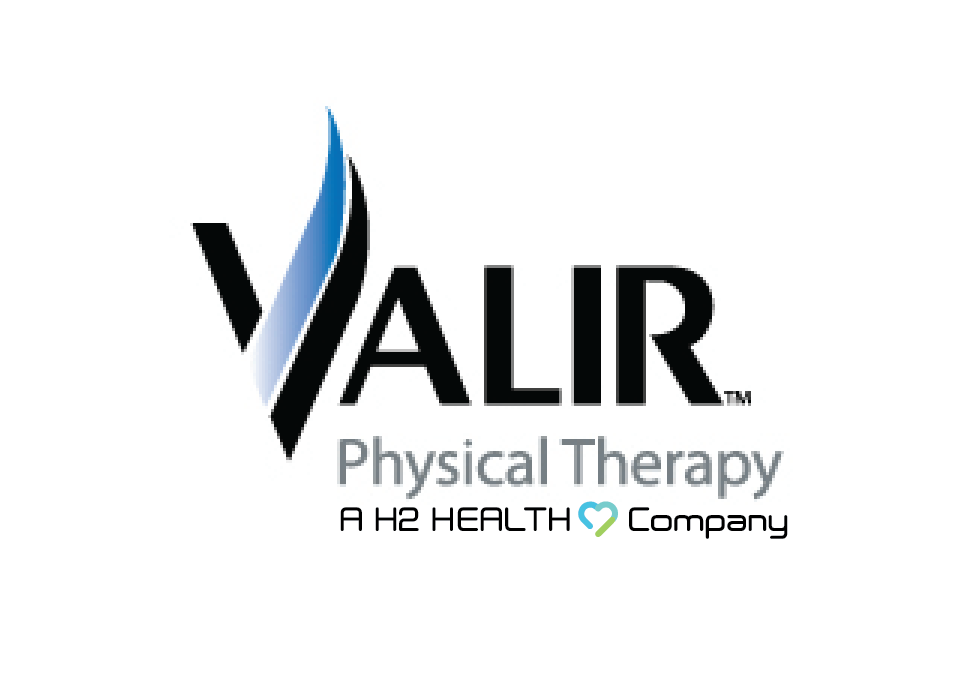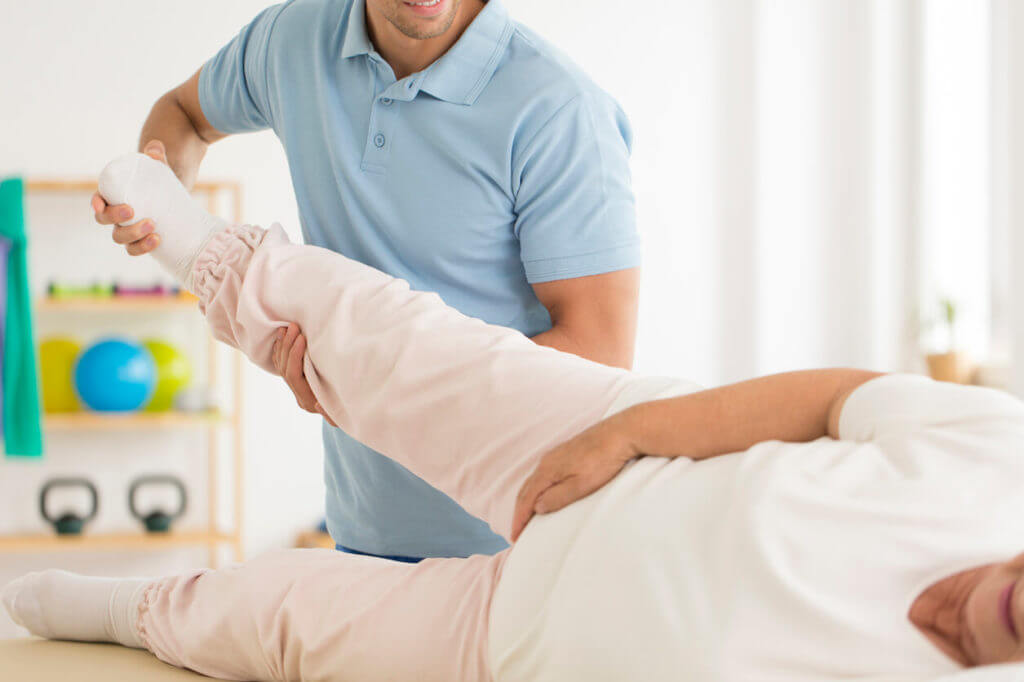
Undergoing hip replacement surgery is a significant milestone for anyone dealing with hip pain and mobility issues. For many, it’s the beginning of a new chapter characterized by improved movement and a better quality of life.
But recovery doesn’t end as soon as you leave the operating room. The real work begins with hip replacement physical therapy and exercises that help you regain strength and flexibility.
This blog will guide you through the essentials of physical therapy and exercises after a hip replacement surgery. We’ll cover everything from the initial post-op phase to advanced exercises that help you return to your daily routine.
The Importance of Physical Therapy After Hip Replacement Procedure
Why Physical Therapy is Crucial
Physical therapy is essential for various reasons. Firstly, it helps reduce pain and swelling, which are common after hip surgery.
Secondly, it aids in restoring movement and strength, ensuring you can return to your daily activities as quickly as possible. Lastly, it reduces the risk of complications, such as blood clots and infections.
What to Expect in Physical Therapy
In your first few sessions, your physical therapist will assess your hip condition and create a personalized hip replacement physical therapy plan. This plan will include exercises to improve your range of motion, build strength, and enhance flexibility.
You’ll likely start with gentle movements and gradually progress to more intense exercises.
How Long Will You Need Physical Therapy?
The duration of your hip replacement physical therapy will vary depending on individual needs and progress. Generally, you can expect to attend sessions for several weeks to a few months.
Early-Stage Exercises
Bed Exercises to Get You Started
In the initial days after hip surgery, you won’t be moving around much. However, you can still perform some bed exercises.
Ankle pumps, for instance, are simple yet effective. Move your foot up and down slowly to improve blood circulation and reduce swelling.
Gentle Stretches for Flexibility
Gentle stretches are crucial at this stage. Try lying on your back and gently bending your knee towards your chest.
Hold for a few seconds before releasing. This helps keep your muscles flexible without straining them.
Standing Exercises for Balance
Once you’re able to stand, balance exercises become important. Stand next to a wall or chair for support, and try lifting your knee to a 90-degree angle.
Hold your knee in the position for a few seconds and then lower it to help regain balance and stability.
Intermediate Exercises
Strengthening the Leg Muscles
Strengthening your leg muscles is pivotal for a full recovery. Leg raises are a great way to do this exercise.
Lie on your back, keep one leg straight, and slowly lift it off the ground. Hold your leg for a few seconds before lowering it back down.
Hip Abduction for Mobility
Hip abduction exercises are another excellent way to improve mobility. Lie on your side with your legs stacked. Lift the top leg as high as you can and hold for a few seconds before lowering it.
This exercise after hip replacement targets the muscles around your hip, offering better support and movement.
Incorporating Resistance Bands
Introducing resistance bands into your routine can add an extra layer of challenge. Tie a resistance band around your ankles and stand with your feet shoulder-width apart.
Slowly move your one leg out to the side and back. This helps build strength and flexibility.
Advanced Exercises
Squats for Enhanced Strength
Once you’ve built a good base, squats can help further enhance your strength. Stand with your feet shoulder-width apart and slowly lower yourself into a sitting position.
Make sure your knees don’t go past the toes of your foot. Hold for a few seconds before standing up again.
Lunges for Better Balance
Lunges are another excellent exercise for improving balance and strength. Step one foot forward and lower your body until your front knee makes a 90-degree angle.
Push your body back up to the starting position and switch legs. This will help engage multiple muscle groups of the legs.
Practicing Steps and Stairs
Navigating stairs can be challenging post-surgery. Practicing steps in a controlled environment can make a big difference.
Start with a single step, placing one foot up and then the other. Slowly increase the number of steps as you gain confidence.
Physical Therapy for Hip Replacement in Mountain Top, PA
If you’re ready to take charge of your recovery journey after a hip replacement, don’t hesitate to reach out for professional guidance.
At H2 Health, we offer personalized assessments and tailored physical therapy programs designed to address your specific hip needs. Our team of experienced therapists is dedicated to helping you regain strength, improve mobility, and enhance your quality of life after a hip replacement surgery.
To learn more about exercises, call the location nearest you or use our appointment request form. We look forward to serving you!

